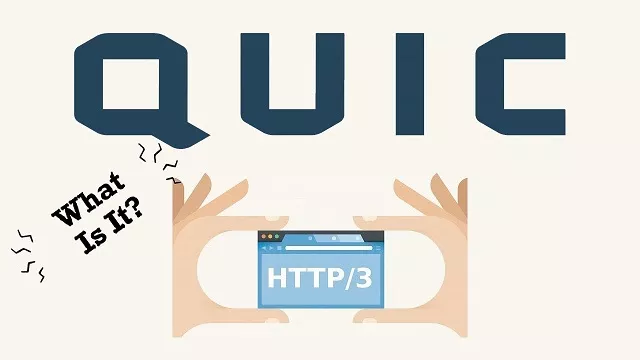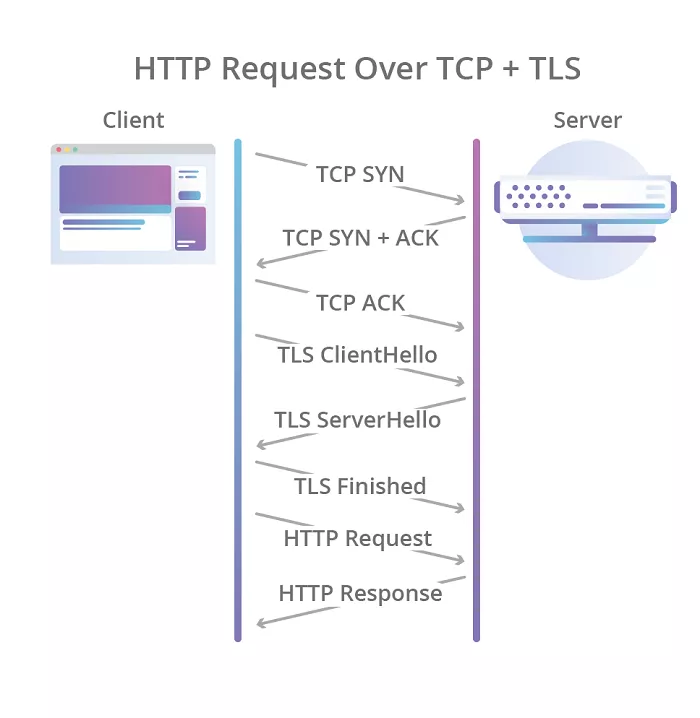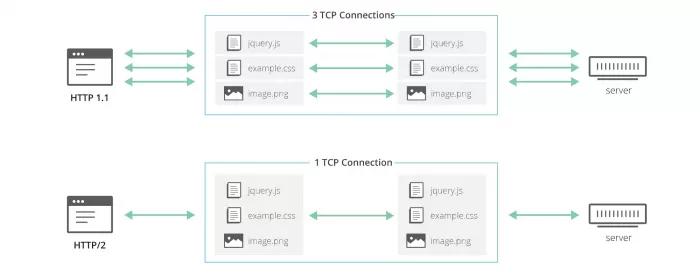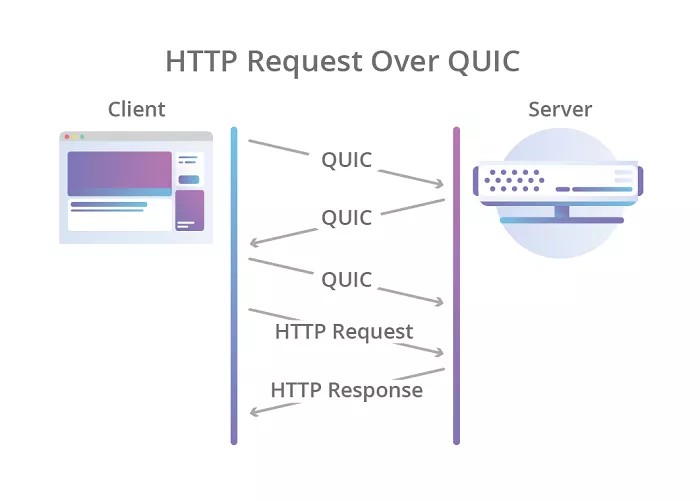On Monday, the Internet Engineering Task Force (IETF) released the http/3 RFC document As the third large version of hypertext transfer protocol, it mainly describes how to map HTTP semantics on quic Through the transition from TCP to UDP connection, quic transport protocol also has many features required for HTTP transmission, such as streaming multiplexing, shunting flow control, and lower connection establishment delay.

Video screenshot (via weecli / YouTube)
At the same time, the document identifies the http/2 functions included in quic and describes how to migrate the http/2 extension to http/3.
Quic is fully known as' fast UDP Internet connection ', which was created by Google and released in 2013.
Its birth aims to resolve the short board that transmission control protocol (TCP) needs multiple handshakes to establish a connection and start data transmission.

(figure from: cloudflare)
Because the TCP triple handshake will cause a long round-trip delay, the user experience may also be greatly affected. Because of this, Google decided to build quic based on datagram protocol (UDP).
Even if the UDP connection has the problem of 'packet loss', it can at least reduce the number of round trips between clients / servers, thus greatly improving the transmission speed.
For Google, which is making great efforts to transform to the mobile field, UDP can solve the problem of slow and sparse access between shared base stations and mobile terminals.

In fact, long before IETF issued the http/3 draft, this technology giant had embedded quic support in Google Chrome browser and enabled it on many of its services.
In 2018, cloudflare also made quic an optional implementation item. Microsoft is also very fond of this, and even has created its own open source version. In addition, nginx has also added http/3 support.

It should be noted that although the popularity of quic has increased, most of the global data traffic still relies on http/2 transmission based on TCP.
So as early as 2016, some network experts began to suggest that http/2 can enjoy some of the advantages and harmonious coexistence of http/3 through quic mapping.

On Monday (June 6), their efforts finally paid off. With the promulgation of IETF rfc 9114 With this proposed standard (the word count of the complete document exceeds 20000), we can finally understand http/3 in detail.
Although there are still some critics and competitors (such as Apache, which mainly promotes httpd), cloudflare said that at present, 80% of the http/3 traffic from Google Chrome browser has been accounted for.

Web traffic observations show that http/3 has become a sub popular version of Hypertext Transfer Protocol
Finally, in addition to the concerns from privacy advocates, some network experts also found that the speed of quic's commitment was somewhat elusive.
Therefore, http/3 is not necessarily a panacea to solve all network problems, and Apache has postponed the plan to introduce it into the web server.